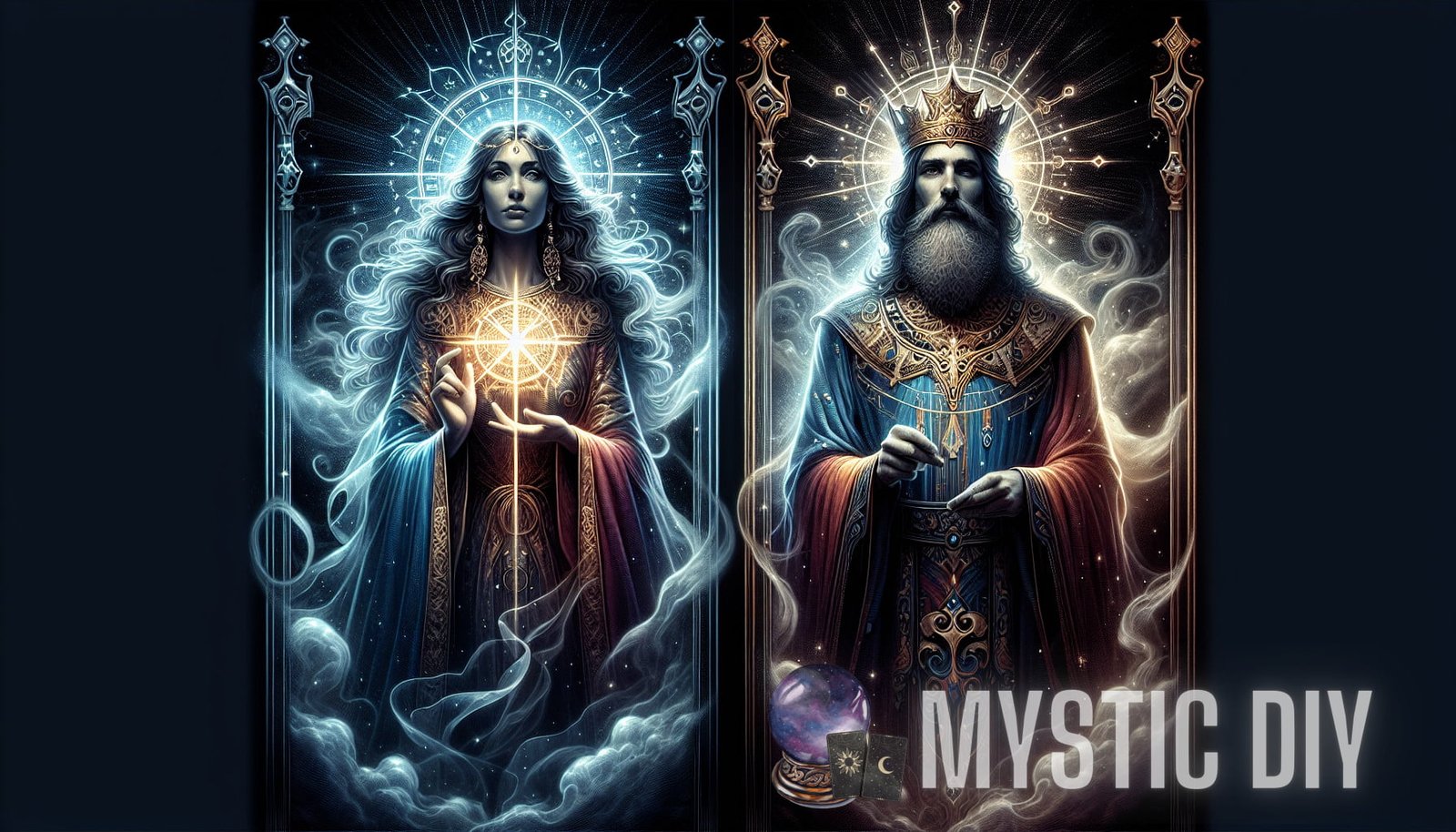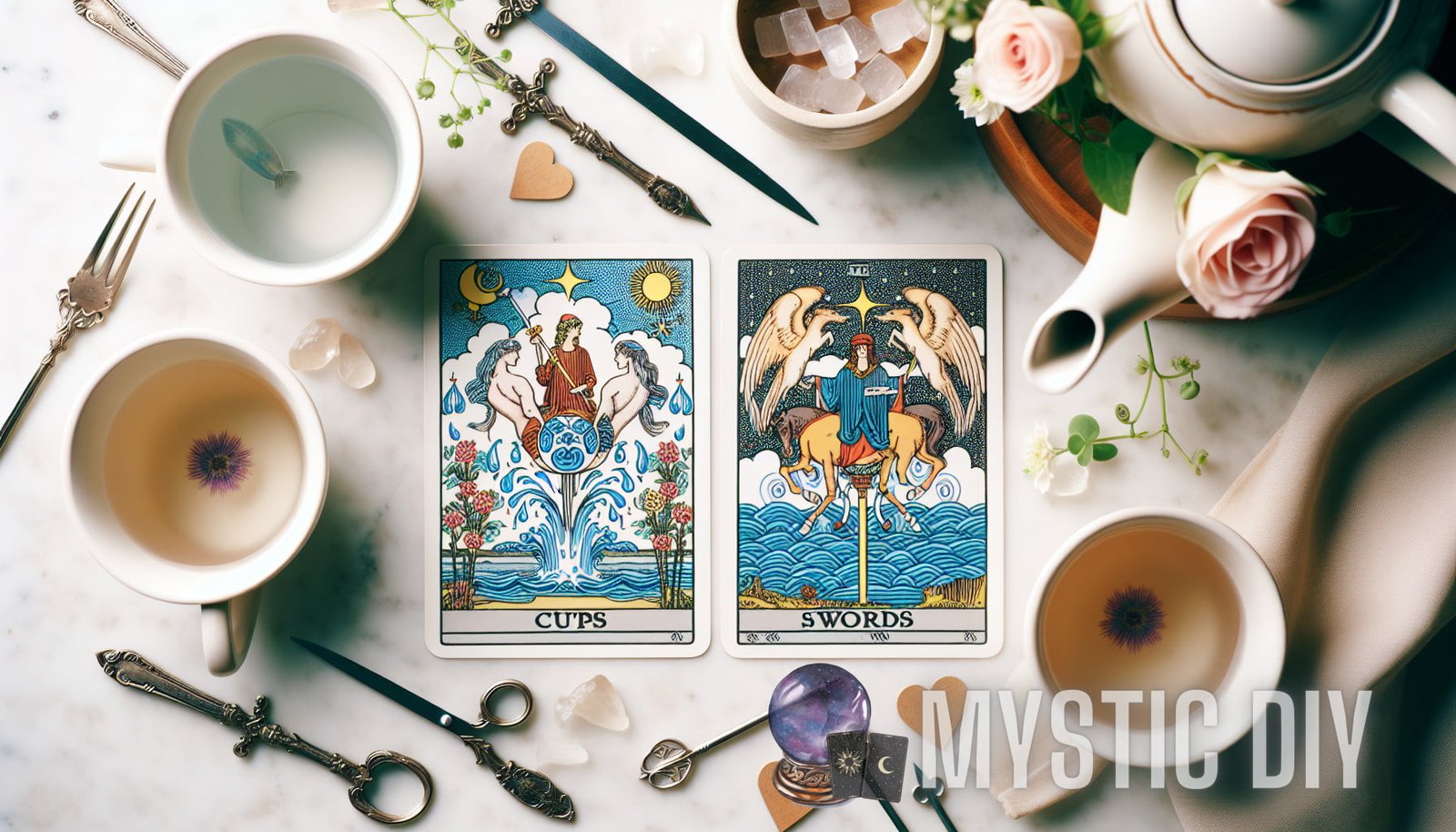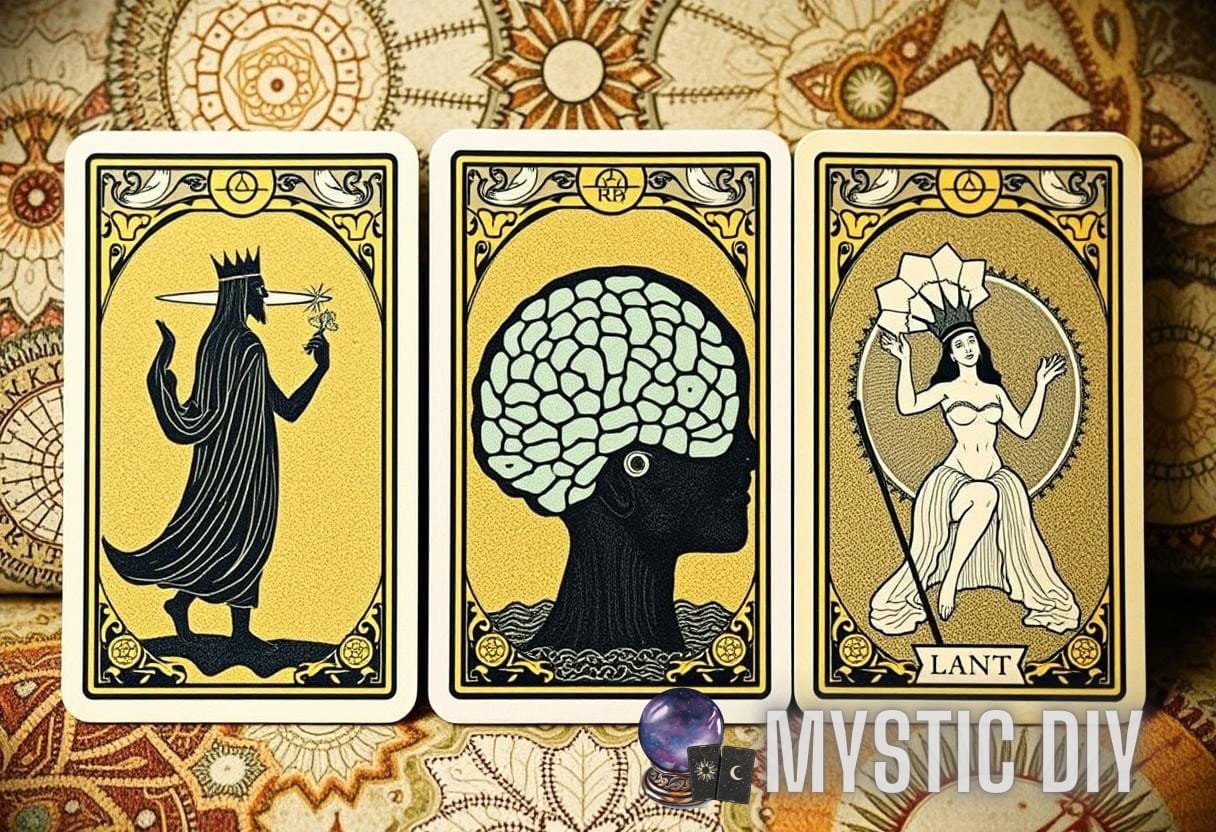Introduction
Tarot is a powerful tool for self-reflection, divination, and spiritual growth. With its rich symbolism and centuries-old history, the tarot deck offers a wealth of wisdom and insight for those who seek it. However, for beginners, the tarot can seem overwhelming and confusing. In this guide, we will delve into the basics of tarot, specifically the major and minor arcana, to help you navigate this mystical world with confidence and clarity.
What is Tarot?
Tarot is a deck of 78 cards that originated in the 15th century in Europe. Each card in the deck represents a unique energy or archetype, depicted through symbols, colors, and images. The tarot deck is divided into two main sections: the major arcana and the minor arcana.
Internal links: To deepen your understanding of tarot basics, check out this article on Mastering the Major and Minor Arcana for Beginners.
The Major Arcana
The major arcana consists of 22 cards, numbered from 0 to 21, each representing a significant life lesson or spiritual journey. These cards are often considered the heart and soul of the tarot deck, as they provide deep insights and guidance on important life events and transformations. Let’s explore some of the key cards in the major arcana:
The Fool (0)
The Fool represents new beginnings, spontaneity, and taking risks. It signifies the start of a journey, and the willingness to embrace the unknown. The Fool is an invitation to trust in oneself and take leaps of faith.
The Magician (I)
The Magician is a powerful card that symbolizes manifestation and creativity. It represents the ability to tap into one’s inner resources and channel them into the physical world. The Magician reminds us that we have the power to create our reality.

The High Priestess (II)
The High Priestess embodies intuition, wisdom, and deep spiritual knowledge. She is the guardian of the subconscious mind and the mysteries of the universe. The High Priestess urges us to listen to our inner voice and trust our intuition.
The Emperor (IV)
The Emperor represents authority, stability, and structure. He embodies leadership and the ability to govern one’s life with discipline and responsibility. The Emperor reminds us to establish a solid foundation and take charge of our own destiny.
The Devil (XV)
The Devil card signifies bondage, addiction, and negative patterns. It represents the illusions and temptations that hold us back from reaching our full potential. The Devil urges us to break free from self-imposed limitations and reclaim our power.
The Minor Arcana
The minor arcana consists of 56 cards, divided into four suits: Wands, Cups, Swords, and Pentacles. Each suit represents a different aspect of life and carries its own unique energy. Let’s explore the suits of the minor arcana:
Wands (Fire)
The suit of Wands represents passion, inspiration, and creativity. It is associated with the element of fire and signifies ambition, energy, and the pursuit of goals. Wands are often linked to career, projects, and personal growth.
Cups (Water)

The suit of Cups represents emotions, relationships, and intuition. It is associated with the element of water and signifies love, compassion, and emotional fulfillment. Cups often relate to matters of the heart, including love, friendship, and family.
Swords (Air)
The suit of Swords represents intellect, communication, and mental clarity. It is associated with the element of air and signifies truth, logic, and decision-making. Swords often reflect struggles, challenges, and the power of the mind.
Pentacles (Earth)
The suit of Pentacles represents material abundance, wealth, and practical matters. It is associated with the element of earth and signifies money, career, and physical well-being. Pentacles often relate to our relationship with the physical world and our ability to manifest abundance.
Reading the Tarot
Reading the tarot is a practice that requires intuition, method, and practice. Here are some tips for beginners to get started:
- Get to know your deck: Spend time familiarizing yourself with your tarot deck. Look at each card, study the images, and pay attention to your first impressions and emotions.
- Start with simple spreads: Begin by using simple spreads like the three-card spread or the Celtic Cross. These spreads provide structure and help you focus your readings.
- Trust your intuition: Tarot is ultimately a tool for tapping into your own inner wisdom. Trust your intuition and let it guide you as you interpret the cards.
- Keep a tarot journal: Maintain a journal to record your readings, interpretations, and insights. This will help you track your progress and deepen your understanding of the cards.
- Practice regularly: Consistency is key when it comes to tarot. Set aside regular time for tarot practice, whether it’s for yourself or others.
Conclusion
Tarot is an ancient practice that provides profound insights and guidance. By understanding the major and minor arcana, you can tap into the wisdom of the tarot and unlock its transformative power. Remember, tarot is a journey, and with practice, patience, and an open mind, you can deepen your connection to the cards and gain a deeper understanding of yourself and the world around you.
As you delve deeper into the world of tarot basics, we invite you to explore our comprehensive guide on Mastering the Major and Minor Arcana for Beginners for even more insights and guidance. Happy reading!


